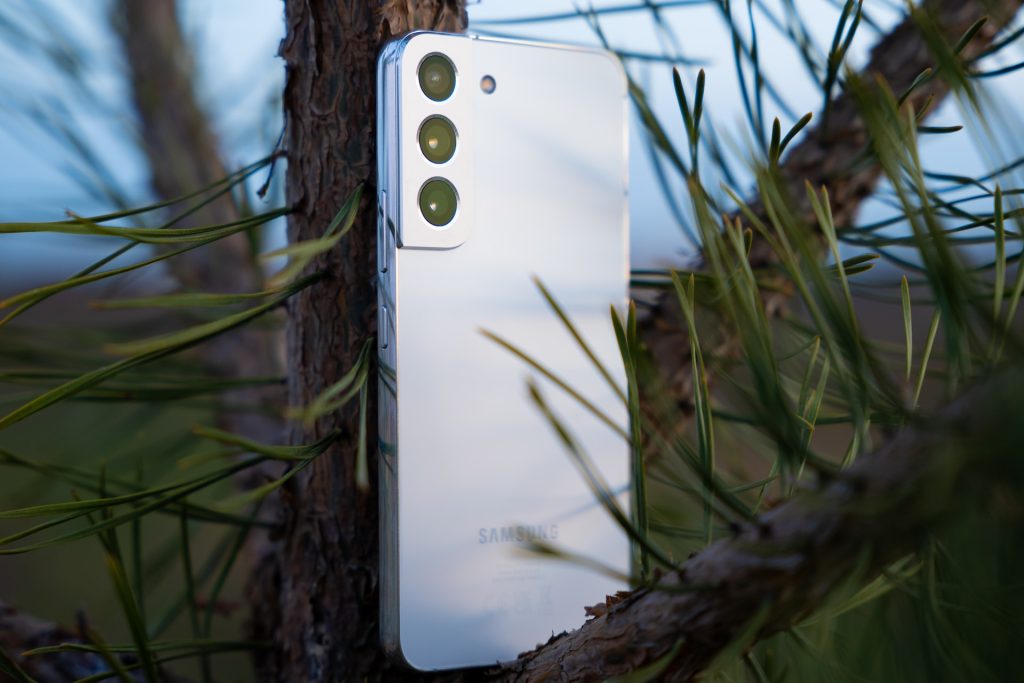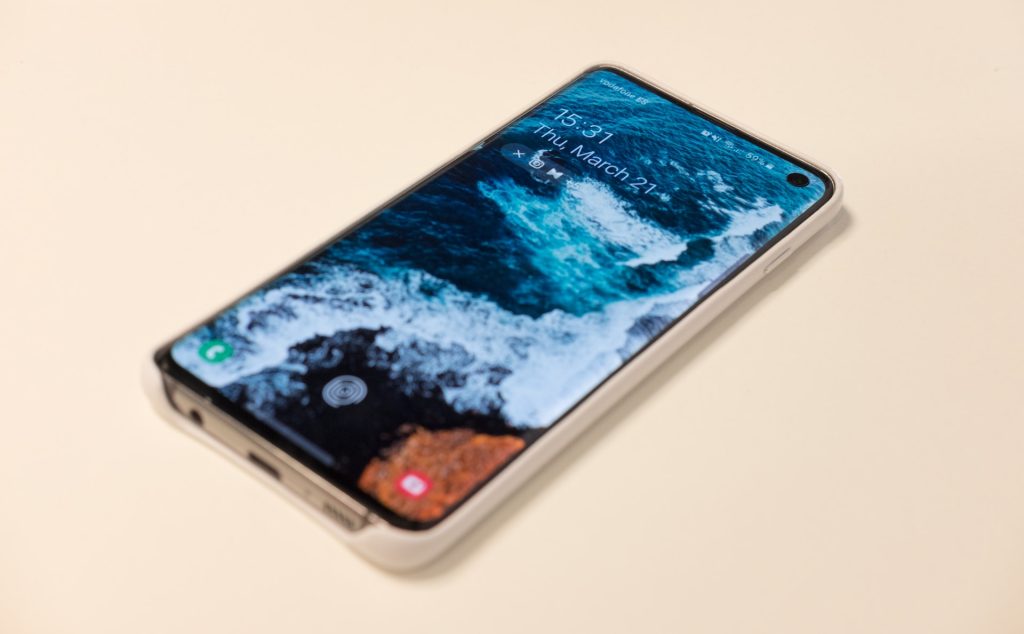Samsung has consistently raised the bar in the realm of smartphone innovation, amalgamating state-of-the-art technology with cutting-edge design. As consumers, we often find ourselves with a plethora of queries about a device’s capabilities, especially when it comes to its resilience against elements like water. One of the frequently asked questions about the latest sensation, the Samsung Galaxy S22, is: “Is it waterproof?” Let’s dive into this topic to unearth the answer.
History of Samsung Galaxy Series
The first Samsung Galaxy device with a notable degree of water resistance was the Galaxy S5 in 2014. It was a significant leap as users no longer had to fret about minor splashes or unexpected rain. Fast forward to today, Samsung has integrated this feature into many of its premium models, ensuring that users can trust their devices in various conditions.
Understanding the IP Rating of Samsung Galaxy S22

To determine if the Galaxy S22 is waterproof, one must first understand the IP rating system. IP stands for “Ingress Protection,” and it represents the device’s effectiveness against intrusions like dust and water. This rating usually has two numbers. The first pertains to protection against solid objects (like dust), and the second focuses on water resistance.
For instance, a smartphone with an IP68 rating means it’s dust-tight and can withstand immersion in water to a specific depth and duration without incurring damage. This doesn’t mean the device can be taken for a deep-sea dive, but it can resist damage from everyday splashes, rain, or even a quick dip in water.
The Galaxy S22’s Stand
Coming to the primary concern, the Samsung Galaxy S22 proudly sports an IP68 rating. In layman’s terms, this means the smartphone is effectively dust-proof and can survive underwater immersion up to a maximum depth of 1.5 meters for 30 minutes without any detrimental effects.
But here’s the catch: while the Galaxy S22 can withstand such watery conditions, it’s vital to remember that the term ‘waterproof’ is often misconstrued. No smartphone, including the Galaxy S22, is 100% waterproof. Instead, they are ‘water-resistant’ to varying degrees. This differentiation is essential, especially for those who may misinterpret waterproofing as a carte blanche to use their device in all aquatic situations.
Cautions and Recommendations When Using Galaxy S22 in Water

1. Avoid saltwater and chlorinated pools
While the IP68 rating denotes water resistance, it primarily concerns freshwater. Oceans and pools introduce salt and chlorine—both of which can accelerate corrosion. Over time, these elements might compromise the integrity of the phone’s seals and ports, leading to potential damage.
2. Rinse with fresh water
Accidents happen, and if your S22 encounters other liquids—like sodas or juices—it’s crucial to rinse it with freshwater promptly. These substances can be sticky and might cause long-term harm if left untreated. After rinsing, gently pat your device dry with a soft cloth.
3. Avoid high-pressure water
The Galaxy S22’s resistance is tested with static or calm water. Forceful water jets, like those from faucets or hoses, can exploit tiny gaps, potentially reaching internal components. Always ensure your device remains safe from direct high-pressure streams.
4. Check the seals
If your S22 has faced any physical trauma or repair, inspect it for visible damages, especially around the seals. Even minor disruptions in the phone’s seal can impact its water-resistant properties. If in doubt, consider professional consultation before exposing the device to any moisture.
5. Avoid prolonged immersion
The S22 is resilient, but it’s not invincible. While it can endure 30 minutes in up to 1.5 meters of water, prolonged exposure might challenge its limits. Always retrieve your device as soon as possible if it gets submerged, and remember that its water resistance is designed for accidents, not intentional use.
6. Monitor temperature fluctuations
Rapid temperature changes can impact the phone’s water resistance. For instance, taking it from a cold environment to a hot shower might cause internal condensation. Such changes can be detrimental to internal components. Always allow the device to acclimatize to temperature shifts gradually.
7. Use official repair services
If your Galaxy S22 needs repairs, especially concerning its physical build or seals, always opt for official Samsung services or recognized service centers. Unauthorized repairs might not restore the device to its original water-resistant state, leaving it vulnerable to potential damage.
8. Avoid opening SIM tray in moist environments
The SIM tray is a potential entry point for moisture. If you need to access it, ensure you’re in a dry environment. Opening the SIM tray in damp or humid conditions might allow moisture to seep into the phone, undermining its water-resistant capabilities.
9. Understand warranty limitations
Remember that while the Galaxy S22 is water-resistant, many warranties (including Samsung’s) may not cover water damage. Always familiarize yourself with the warranty’s specifics and understand its limitations. It’s one thing for a device to be water-resistant, but another for the company to cover water-induced damages.
10. Keep the device clean
Regularly cleaning the S22 helps maintain its water-resistant properties. Dirt, grime, or other particles lodged in ports or gaps might disrupt the seal over time. Use a soft cloth and, if necessary, a bit of isopropyl alcohol to clean the device’s surface gently.
Conclusion
The Samsung Galaxy S22, with its impressive IP68 rating, is a paragon of modern smartphone engineering, built to endure daily challenges, including water-related mishaps. However, it’s paramount to understand the difference between ‘waterproof’ and ‘water-resistant.’ While the S22 can brave the occasional spill or rain, it’s not an invitation to take it swimming or diving. Treating the device with care and understanding its limits ensures a lasting relationship with this technological marvel.
































































